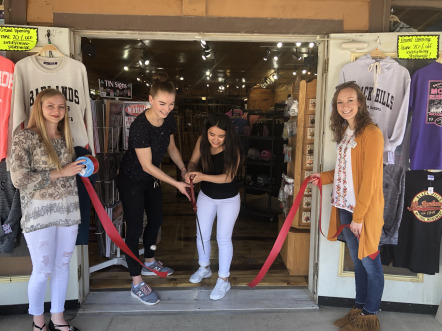Community Engagement Matters
1 Aug 2019
Newsletter
The world is more connected than ever before – from a digital point of view. The process of building communities – coming together with people across cultures to share goals and ideas – is even more important now. But sometimes those digital barriers are limiting. Sometimes it’s just better to get out and share your time with others.
One of the best things you can do as an is to take an active role in your community. And yes – that means putting down your phone, leaving the confines of your beautiful and comfortable home, and getting out there to meet and talk with people.
Community events, activities and gatherings are a great way to connect with others, make new friends, nurture long lasting relationships, and often help other people in your community in a multitude of ways. In the end, you can walk away from a live event with something as simple as a good feeling and a great memory… to something as amazing as a new friendship that can last for years.
July was a great month with lots of activities such as fireworks, Wall Celebration and Celebration Rodeo.

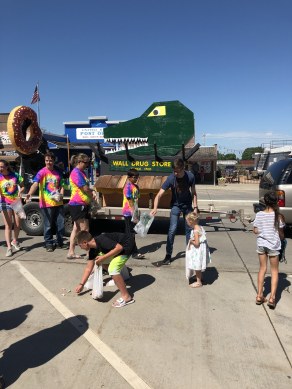
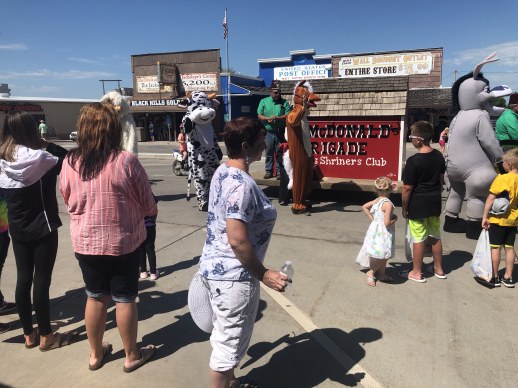
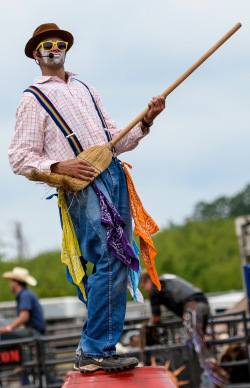
But there are still more activities you can get involved in too and help your community to improve.
Wall Economic Development would like to announce a newly offered program to our citizens Healthy Hometown and is now looking for committee members.
Wellmark works with communities across the state to help them implement health and well-being initiatives such as improving access to healthy foods, making the community more walkable and bikeable, and enhancing social connections and volunteerism. This program is called Healthy HometownSM Powered by Wellmark.
Healthy Hometown is a community health improvement initiative that is offered at no cost to South Dakota communities. They help to create a vision of health and well-being for the community and create a plan using the evidence-based tactics in theirs toolkit. Some of the toolkit items are things like creating places for people to be more physically active (such as a skate park) and making it easier for people to walk and bike (bike paths, sidewalks, safety routs to school), along with many other options to get people moving more.
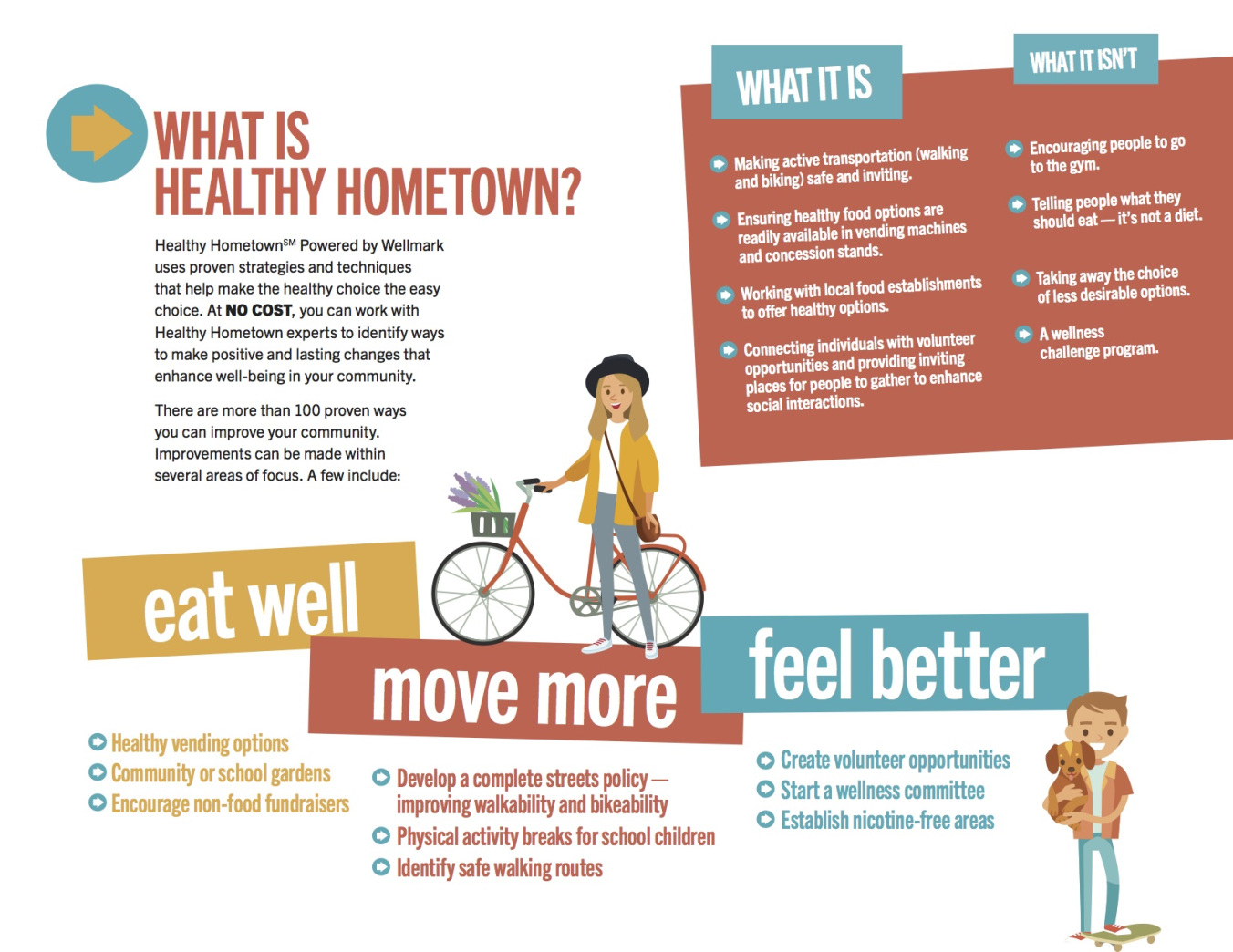
If you are interested to be a part of this committee, please contact Liliya Stone at 605-279-2658 or walledd@gwtc.net
Livestock Development Projects
Agriculture in the South Dakota Economy
Agriculture has a huge impact on South Dakota’s economy; in fact, it’s our state’s #1 industry. Since the 19th century, farming has played a key role in South Dakota’s landscape—both physical and economical. Under the umbrella of agriculture, the GOED (Governor’s Office of Economic Development) focuses on three key areas: precision ag, production ag and value-added ag. Gov. Kristi Noem is so committed to growing South Dakota’s agriculture industry, that in her first month in office, she moved ag development to GOED, providing an expanded toolbox to ag operations interested in growing. GOED remains committed to continued growth, and here’s how:
Sales and Use Tax Program Overview
Created in 2013, GOED has two existing sales and use tax rebate programs, the Reinvestment Payment and South Dakota Jobs programs. Historically, these have been used to help projects in the manufacturing, wind energy, and ag processing industries. In 2019, the capabilities of the programs were extended to livestock development projects, too.
Qualifying projects means it requires a new county conditional use permit and adding livestock to the state.
How the County Can Use Tax
The county is free to use the funds as it sees fit and there are no strings attached. Some examples of uses would be purchasing a new road grader, fixing dilapidated roads and funding the sheriff’s office. But these are just suggestions, again, welcoming the county to use the funds as it sees fit.
Rules and Regulation Must Still Be Met
The use of these programs does not change any rules or regulations for livestock development. Counties will still follow existing ordinances and comprehensive plans. Also, the department of Environment and Natural Resources will still follow all of its existing polices and procedures, too.
How It Works
The project owner applies to the Board of Economic Development for a reinvestment payment prior to the conditional use permit hearing. If the board approves the application, the project owner must comply with the conditions of the approval, to include the payment of all taxes it owes on the project before it receives the payment. At the conclusion of the project the project owner files an Affidavit for Reinvestment Payment with GOED, and if? all of the conditions of the reinvestment payment have been met, GOED awards the reinvestment payment to the project owner.
As a condition of the program, the project owner assigns the sales and use tax rebate to the county, which then decides how the reinvestment payment is utilized.
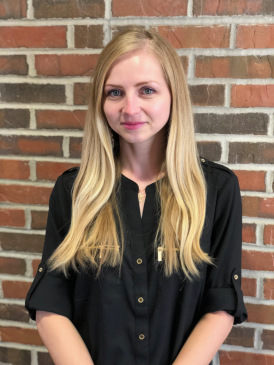 Sincerely,
Sincerely,
Liliya Stone
Executive Director of WEDC
(605)279-2658
walledd@gwtc.net
More Topics

